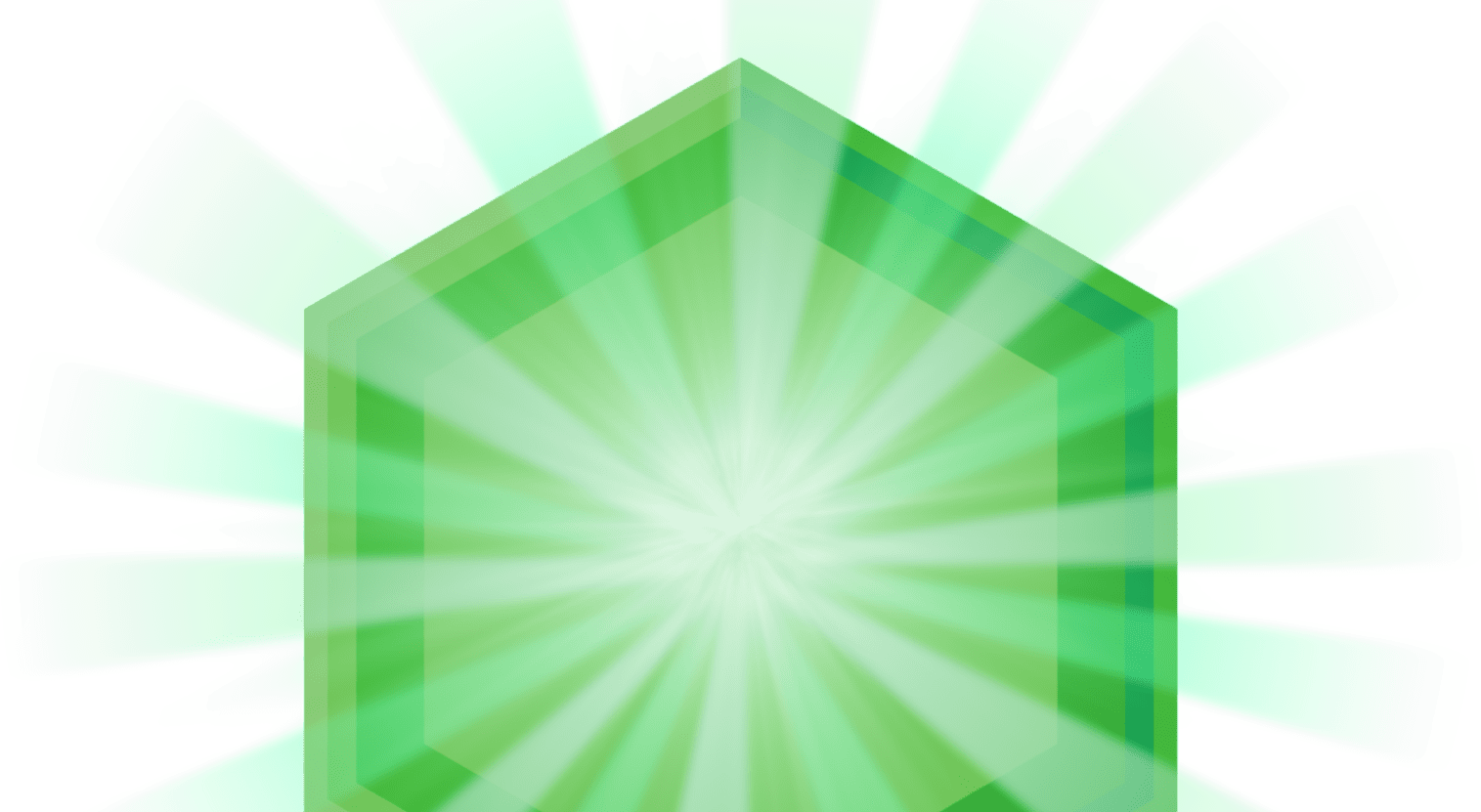
HOW TO GARDEN WITH ALLERGIES IN THE FALL
Are there fall allergens growing in your garden? Ragweed pollen is the cause for many common fall allergy symptoms—and it could be living in your garden. Fall is the time to get weeding, so check out these tips on how to keep ragweed out of your garden and keep allergy-friendly plants in.
CROWD OUT RAGWEED
Ragweed seeds, like all weed seeds, lie dormant in the soil. Tilling the soil puts them into contact with sunlight, which, naturally, causes them to grow. Prevent ragweed seeds from sprouting by planting flowers and shrubs close together. The more space taken up by plants, the less space ragweed will have to grow.
SPREAD THE WORD: SPREAD MULCH
Spreading organic mulch—straw or wood chips— in between your plants will help to block out the sun. Less sunlight means less opportunity for ragweed to grow.
OFF WITH THEIR HEADS
If pulling ragweed seems daunting, simply chop off their heads. This will prevent the weed from going to seed and spreading pollen into the air.
CHOOSE PLANTS THAT ARE ALLERGY-FRIENDLY
If gardening is your hobby, consider flowers, trees, and shrubs that are less likely to trigger your allergy symptoms. These types of plants rely on insects for cross-pollination, which are known to have pollen grains that are much heavier and don’t travel through the air quite as easily.1
ALLERGY-FRIENDLY PLANTS1:
- Azalea
- Boxwood
- English Yew
- Hibiscus
- Hydrangea
- Viburnum
- Apple tree
- Cherry tree
- Chinese Fan
- Palm tree
- Fern Pine tree
- Dogwood
- St. Augustine
- English Holly
- Hardy Rubber
- Magnolia tree
- Pear tree
- Plum tree
- Red Maple2
- Begonia
- Cactus
- Chenille
- Clematis
- Columbine
- Crocus
- Daffodil
- Daisy
- Dusty
- Miller
- Geranium
- Hosta
- Impatiens
- Lily
- Pansy
- Periwinkle
- Petunia
- Phlox
- Fose
- Salvia
- Snapdragon
- Sunflower
- Thrift
- Tulip
- Verbena
- Zinnia



